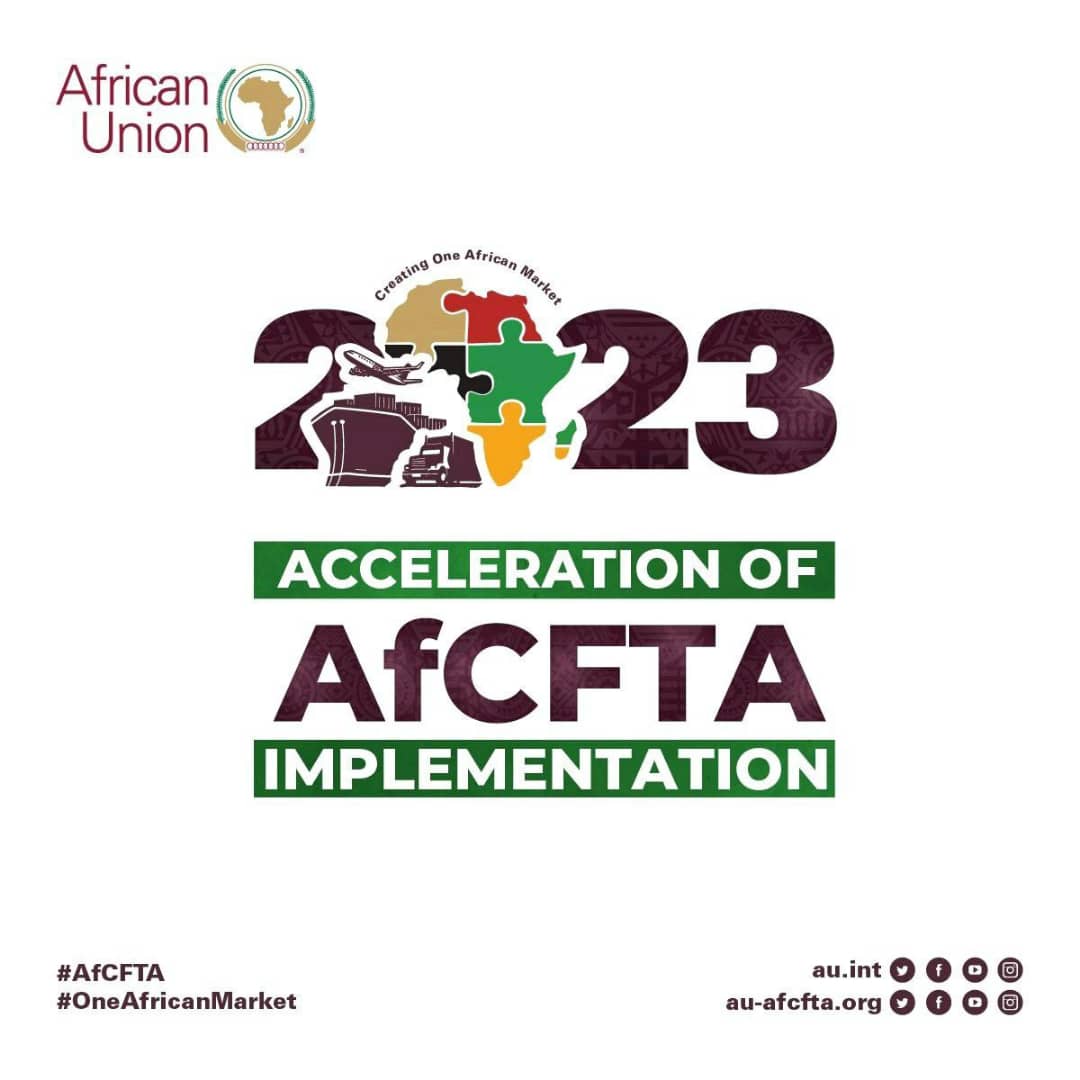How AfCFTA, 4IR Tech Can Catalyze Trade Logistics,Customs in SADC region

By Tanatsiwa Dambuza
The African Continent Free Trade Area (AfCFTA) is a landmark agreement that aims to create a single market for goods and services among the 55 countries of the African Union (AU).
The AfCFTA is expected to augment intra-African trade, foster regional integration, and promote industrial development across the continent.
The Southern African Development Community (SADC) is one of the eight Regional Economic Communities (RECs) that are part of the AfCFTA.
The SADC comprises 16 Member States, 13 of which are already implementing the SADC Free Trade Area (FTA).
The SADC FTA’s main goals are to eliminate tariffs and non-tariff barriers and facilitate the free movement of goods and services among its member countries.
However, trade logistics and customs remain a major impediment for the SADC region, as well as for the AfCFTA.
According to the World Bank’s Logistics Performance Index (LPI), which measures the efficiency and quality of trade logistics, the SADC region ranks below the global average and lags behind other regions in Africa.
Some of the factors that affect trade logistics and customs in the SADC region include poor infrastructure, high transport costs, lengthy border procedures, inadequate skills, and lack of coordination among stakeholders.
Moreover, trade logistics and customs pose specific challenges for certain segments of the population, such as small and medium-sized enterprises (SMEs) and women.
SMEs often face difficulties in accessing finance, information, technology, and markets, which limit their participation in regional and global value chains.
Women face additional barriers such as gender-based discrimination, harassment, violence, and legal restrictions that hinder their involvement in trade logistics and customs.
To address these challenges and enhance trade logistics and customs in the SADC region, there is a need to leverage the digital revolution and 4IR technology.
These technologies and innovations, such as the Internet of Things (IoT), 3D printing, Robotic Process Automation (RPA), Blockchain, Cloud computing, Smart contracts, and Autonomous vehicles, can improve the efficiency, transparency, and resilience of trade logistics and customs.
They can also create new opportunities for value-added production, investment, and job creation in various sectors of the economy.
For example, IoT can enable real-time tracking and monitoring of goods along the supply chain, reducing delays and losses.
3D printing can enable local production of spare parts and customized products, reducing dependence on imports.
RPA can automate repetitive tasks and processes in trade logistics and customs, reducing errors and costs.
Blockchain can enable secure and transparent data sharing among different actors in trade logistics and customs, enhancing trust and compliance.
Cloud computing can provide scalable and affordable access to data storage and processing services, enhancing efficiency and innovation.
Smart contracts can enable self-executing agreements based on predefined rules, reducing disputes and fraud.
Autonomous vehicles can reduce human intervention and improve safety and reliability in transport.
These technologies can also benefit SMEs and women by lowering entry barriers, increasing access to information and markets, reducing transaction costs and risks, enabling greater flexibility and customization, empowering decision-making and participation, improving working conditions and safety.
However, to fully harness the potential of these technologies, trade logistics and customs in the SADC region need to overcome some barriers and risks.
These include the lack of interoperability and standardization among different systems and actors, the need for adequate infrastructure and skills development, the protection of data privacy and security, and the alignment of regulatory frameworks and governance mechanisms.
Therefore, trade logistics and customs stakeholders in the SADC region should collaborate and coordinate with each other to foster a conducive environment for digital transformation.
This requires a holistic and systemic approach that considers the interdependencies and trade-offs among different dimensions of trade logistics and customs, such as efficiency, sustainability, inclusiveness, and innovation.
The AfCFTA and 4IR technology is not only changing how trade logistics and customs operate in the SADC region but also why they exist.
They are creating new possibilities for trade to contribute to the public good and support sustainable development goals.
Trade logistics and customs in the SADC region should embrace these opportunities and challenges with a vision that goes beyond efficiency and competitiveness and aims for a more inclusive and equitable future for all.
In conclusion, the AfCFTA and 4IR technology can catalyze trade logistics and customs in the SADC region by addressing the existing bottlenecks and creating new possibilities for value creation and social impact.
However, this requires a collaborative and systemic approach that involves all the relevant stakeholders and considers all the dimensions of trade logistics and customs.
The SADC region has the potential to become a leader in digital transformation and regional integration and contribute to the realization of the African dream of a prosperous and peaceful continent.
Tanatsiwa Dambuza is a co-founder of the Zimbabwe Institute of African Integration, a think tank that aims to promote regional integration and trade in Africa.
He holds an MSc in International Trade and Diplomacy and is a Knowledge Management Associate with research interests in Intra-African Trade, Digital Revolution, and Special Economic Zones.
He writes in his personal capacity and views expressed in this article are his.
+263779988050









